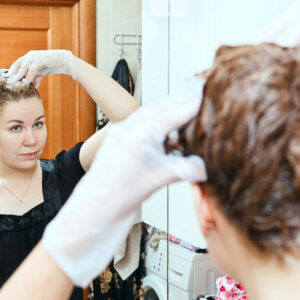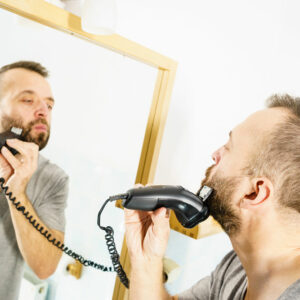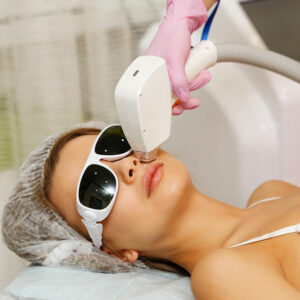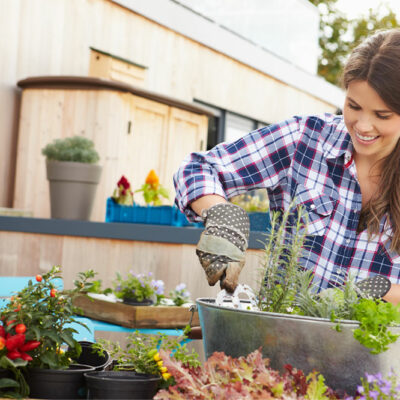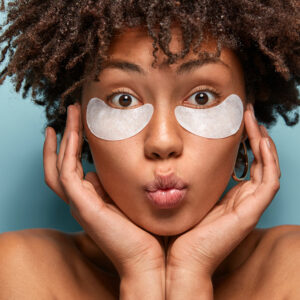
01
9 tips for concealing under eye bags and circles like a pro
The eyes usually reveal a lot about a person’s emotions and well-being. So, they could easily represent signs of fatigue, stress, and aging, resulting in the dreaded under-eye bags and dark circles. Moreover, under-eye concerns may make even a well-rested person appear tired and worn out. Luckily, there are expert techniques to flawlessly conceal under-eye bags and circles. Here are nine tips to help one achieve a refreshed and rejuvenated appearance. Prepare and hydrate the skin The key to flawless makeup application, especially in the delicate under-eye area, is proper skin preparation. One should start by gently cleansing their face to remove any dirt, oils, or makeup residue. Afterward, they must apply a hydrating moisturizer to the entire face, paying extra attention to the under-eye area. When addressing under-eye bags and dark circles, a moisturizer infused with hyaluronic acid can be particularly beneficial. Hyaluronic acid helps plump and hydrate the skin, reducing the appearance of fine lines and creating a smooth canvas for makeup application. Choose the right concealer Selecting the right concealer is crucial when aiming to conceal under-eye bags and dark circles. The ideal concealer shade should be slightly lighter than the individual’s natural skin tone, helping to brighten the under-eye area. Creamy concealers with good coverage are typically preferred for this purpose. One must try to pick concealers with a peach or salmon undertone to neutralize the blue or purple hues often associated with dark circles. Color-correct dark circles For those battling stubborn dark circles, color correction is one of the most important tips to effectively conceal under-eye bags. Selecting a color corrector with a red undertone helps neutralize the bluish or purplish hues associated with dark circles. One must gently dab the corrector onto the affected areas before applying concealer. This technique creates a balanced base, ensuring that the concealer effectively hides discoloration.
Read More 